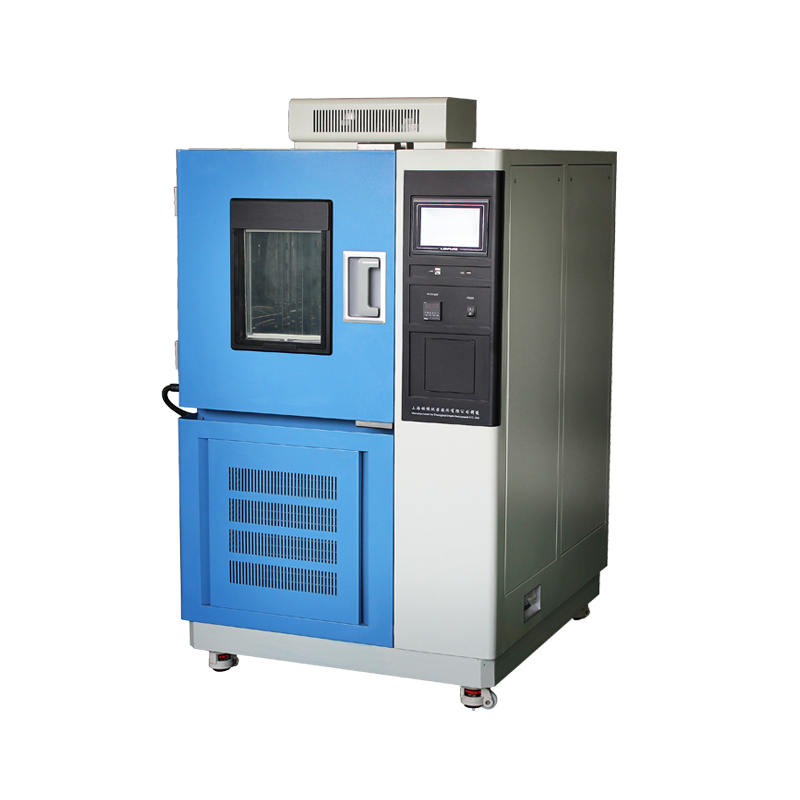

During the operation of your high/low-temperature humidity test chamber, moisture can accumulate due to temperature fluctuations. To prevent this from affecting test results, it’s essential to maintain the dryness of the equipment. Below are some effective dehumidification methods for high/low-temperature humidity test chambers.
Dehumidification Methods
Desiccant Dehumidification
Uses a dryer to remove moisture, making it suitable for environments with stringent requirements.

Process:
A pump extracts humid air from the chamber.
Dry air is injected into the chamber while the extracted moist air is sent to a reusable drying unit.
The dried air is then recirculated back into the chamber.
This method can achieve a dew point below 0°C but is relatively expensive due to the need for specialized drying equipment.
Mechanical Refrigeration Dehumidification
Works by cooling the air below its dew point, causing excess moisture to condense and separate.
More cost-effective than desiccant dehumidification, making it a common choice for many testing devices.
Users can select the appropriate method based on their needs.
Humidification in Test Chambers
While dehumidification is crucial, humidification is equally important in high/low-temperature humidity test chambers. The humidity system consists of two subsystems: humidification and dehumidification.
Steam Humidification (Common Method)
Low-pressure steam is directly injected into the test space.
Advantages:
Fast humidification response.
Precise humidity control.
Effective forced humidification during cooling phases.
There are also other humidification methods, which we will introduce in future updates. For more information on testing equipment, visit Linpin Instruments’ website.
Would you like further details on any specific method? 😊